Traction control - the mothership
Well, while the fancy stuff like wheelie control, cornering ABS and rear-lift mitigation have arrived, traction control has always been there like the mothership. It has evolved over time with every dimension added to the mapping indexes and every axis added to the IMUs. Traction Control has now become more responsive than ever and manages to give the exact amount of power needed to extract the best acceleration for any combination of traction, power and motorcycle position.
Straight lines are easier to manage. You are upright and on top of the motorcycle and managing things from there is fairly manageable. But when you are leaning into a corner, hanging by the side of your motorcycle, things are not that easy. You have to be deft and perfect with everything. As the contact patch lowers, your margin for error reduces exponentially.
The lean of your motorcycle is along one axis, the pitch as along another and yaw long the third. Yaw is the side to side motion in the horizontal plane. In simple words, it is the lack of eagerness of your motorcycle to switch its direction of motion from left to right in quick succession e.g a chicane. All these three moments have a bearing on the traction available on the contact patch.

So, when you are in the corner, you are already off your centre-position along one axis. The second axis of motion would be induced by braking or acceleration i.e. pitch. The traction control will have to behave in an entirely different way to respond optimally for a forward pitch than a rearward pitch. If the pitch is rearward, you can have more power going down as there will be slightly more weight on the rear tyre and hence a slightly wider contact patch that can transfer more power.
And then if you are going through a chicane, the motorcycle will also experience yaw and the power delivery will entirely depend upon if the momentum that you are carrying is in the direction of your intended steering.
The earlier generation of electronics could only quantify the lean angle and the traction control behaviour would be based on the differential wheel speeds and throttle position. Hence, no matter what the balance of your bike is, it will perform in a particular way.
The six-angle IMU, with help of computing, customises the motorcycle performance on the fly. It is almost like predicting the future course of motion, thus lining up the traction control response for maximum output. Imagine the difference between riding a racetrack for the first time and knowing exactly what the next corner is – that is what the six-axis IMU does.
It would take you years to master the throttle at all such possible situations. Hence, it will always be better to take it to your limits with the motorcycle on your side. You can then slowly reduce the aids and improve yourself further. While there is no substitute to talent, practice, dedication and nuts, it is always good to have someone helping you not to go wrong when you are learning it. It is much safer and helps you learn and then you realise it is not a cheat-code but a safety net and a performance booster combined together to make you go faster than ever before.
Gallery
1/1
Double Tap to Zoom




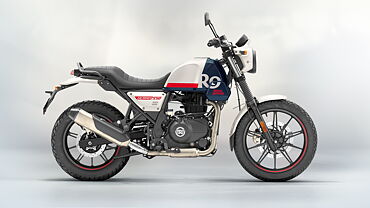
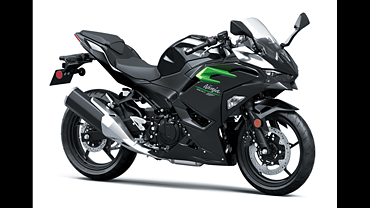
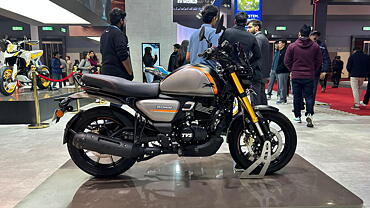
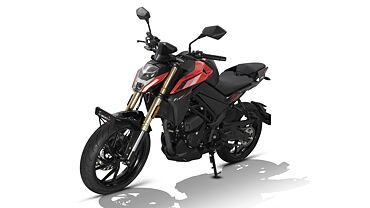

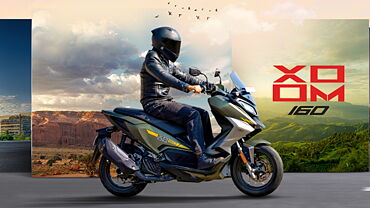
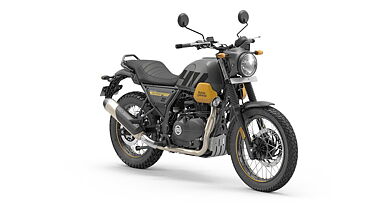
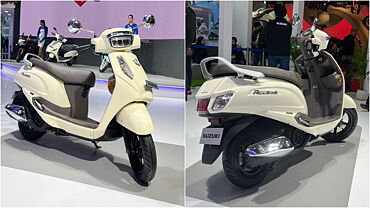
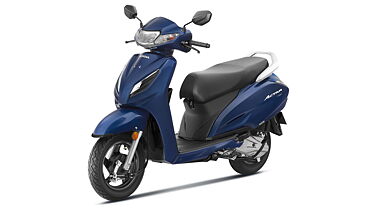





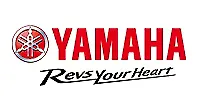
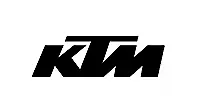




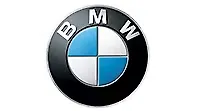
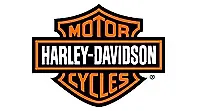










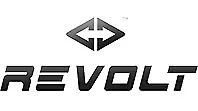
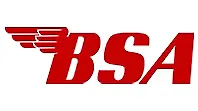
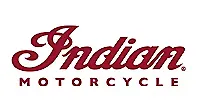





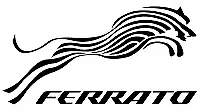








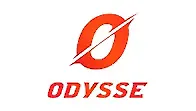



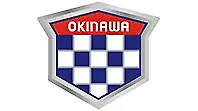

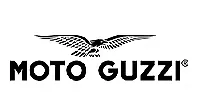





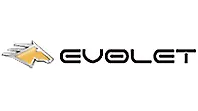







![KTM 390 Adventure X [2025] KTM 390 Adventure X [2025]](https://imgd.aeplcdn.com/272x153/n/cw/ec/190885/390-adventure-x-2025-right-side-view.jpeg?isig=0&q=80)